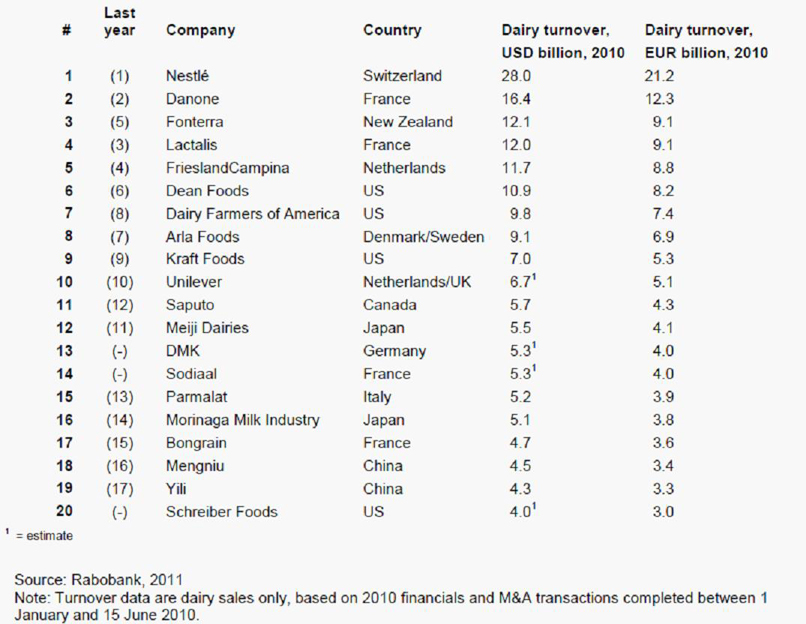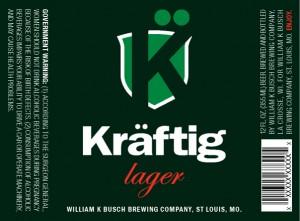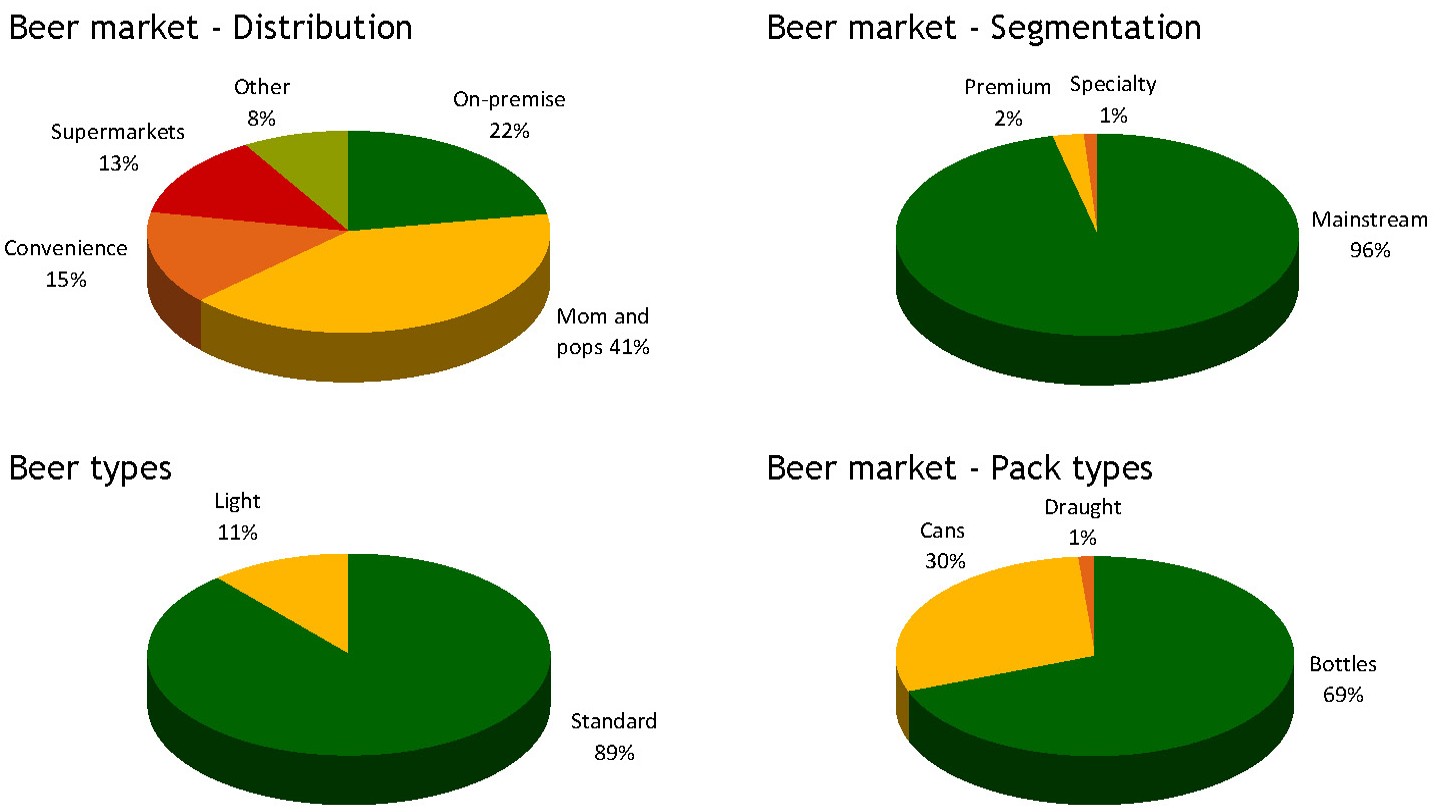They picked a real wrangler should rumours become true that PepsiCo is closing in on a joint venture with Theo Müller Group, a privately-owned German dairy company, which would give PepsiCo a foothold in the fast-growing U.S. yogurt market. The logic behind such a tie-up is that PepsiCo hopes to reach out to health-conscious consumers and is therefore planning to enter the yogurt market with the help of German dairy giant Theo Müller.
In Amsterdam, Heineken’s executives may cheer Interbrand’s 2011 Best Global Brands Report which shows that the value of the Heineken beer brand has increased in 2010. According to the survey, the brand’s value increased 8 percent in 2010 and 60 percent since 2005. Interbrand says the Heineken brand ended on a 91st position up from 93rd in 2010. Needless to say that the Coca-Cola brand kept its first position.
Putting money over morals, dozens of states and cities across the U.S. have tinkered with laws that regulate alcohol sales as a way to build up their budgets. With cities across the country facing their fifth straight year of declining revenues, raising money from people who enjoy a cocktail is becoming an increasingly attractive option.
It must be in their genes. While August Busch IV, 47, the last CEO of Anheuser-Busch, seems to have left the brewing industry for good, his uncle William “Billy” Busch, 51, has decided to enter it. According to St Louis newspapers, the federal Alcohol and Tobacco Tax and Trade Bureau in September 2011 granted label approval for the first two beers from the recently announced William K. Busch Brewing Co.: Kräftig Lager and Kräftig Light.
The SABMiller-Foster’s deal is not even completed and already there is talk by "bankers" about the next tie-up looming between AB-InBev and SABMiller. We wonder: who are these clowns (the "bankers") and when did the circus come to town?
When is a deal a deal? Oh, that depends. On 26 September 2011 MillerCoors filed a lawsuit against the New England Patriots claiming the team reneged on an exclusive deal and chose to award that deal to its competitor, AB-InBev, instead.
For those looking for training that will take them from little-to-no knowledge of draught beer to complete understanding of the technology, the four-day Siebel Draught Master Program (15 -18 November 2011at the Milwaukee Training Centre) will build students’ knowledge through extensive and in-depth content.
Seems like the FEMSA acquisition is already giving Heineken’s executives a headache. Just a few days after Heineken CEO Jean-François van Boxmeer had to admit to analysts that FEMSA is losing market share in Mexico, the man in charge of improving FEMSA’s domestic business, Michiel Herkemij, left the company to join the coffee company Sara Lee. Coincidence or consequence?
Who’s more concerned about U.S. beer production having declined about 2.3 million hl each year since 2008? Not the craft brewers. While beer production dropped 1.1 percent in the first six months of 2011, the small and independent craft brewers saw dollar sales rise 15 percent and volume sales grow 14 percent to an estimated 6 million hl (compared to 9 percent volume growth in the first half of 2010). The U.S. now boasts 1790 breweries – an increase of 165 breweries since June 2010.
A great gem of wisdom by Boston Beer, the maker of Samuel Adams. “I want Sam Adams to be the freshest beer in town, whether you’re in Boston or Quincy or Los Angeles or Seattle,” Jim Koch, the founder of Boston Beer, boasted last November. While consumers enjoying the benefits of Boston Beer’s “Freshest Beer Programme” blew Jim a kiss, investors rolled their eyes. Especially, when Boston Beer released its 2011 second quarter earnings in August 2011. They were not bad, but they did not meet analysts’ forecasts either. Several bankers have already told their clients to sell their shares in Boston Beer because they think its momentum is starting to flag.




